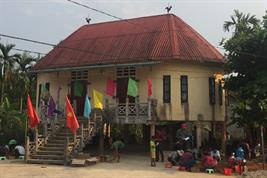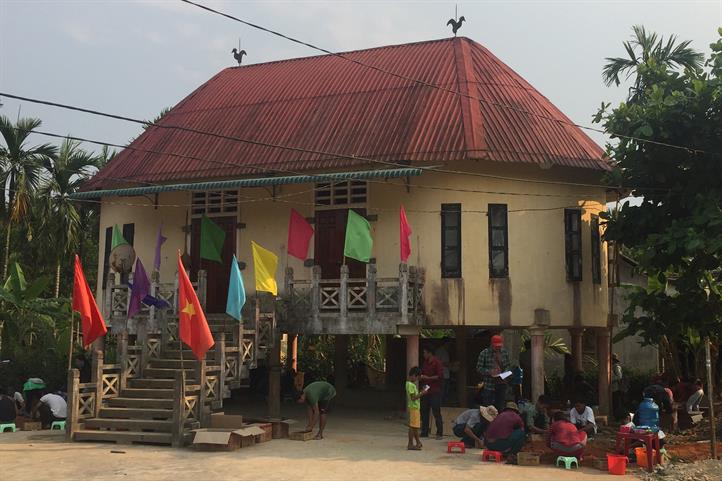09.07.2020
Pressemitteilung

Paying people in low-income countries to help with conservation programs is an increasingly popular way to preserve biodiversity and mitigate land-use based greenhouse gas emissions. But what makes payments effective? Researchers at the Leibniz Centre for Agricultural Landscape Research (ZALF) and the Swedish University of Agricultural Sciences (SLU) used innovative experimental methods to answer this question. Their study, now published in the Proceedings of the National Academy of Sciences (PNAS), finds that following local fairness norms is essential.
Much of the world's biodiversity is found in tropical countries, frequently in regions with low household incomes. Paying local people to help with conservation efforts, for instance by working on reforestation projects or changing their hunting habits, is increasingly seen as a win-win solution. But how do policymakers know what makes a program effective?
One answer is to try different programs in many villages, collecting detailed data on outcomes – an effective but slow and expensive solution. Alternatively, you can ask local people what they prefer, but this may be unreliable if proposed programs are different from anything they know. A third way is to use behavioral experiments. "Field experiments combine the realism of full-scale trials with the speed and modest cost of surveys" says Carl Salk, an SLU researcher and co-author on the study.
The study examined how fairness perceptions affect work effort. Over 400 Vietnamese farmers filled bags with fertile soil for growing tree seedlings. The researchers structured the payments to create inequality – farmers received either a high or low payment for each bag they filled. They were either in a group where everyone got the same payment or in which payments differed. "In the mixed groups, participants receiving the low rate feel treated unfairly and work less. We also see that women work harder" says Lasse Loft from ZALF who led the study.
Both findings are important lessons for conservation policy design. They provide evidence that fairness is not just a desirable side objective, but a central design feature. Targeting women and following local cultures' fairness norms can produce more conservation without a bigger budget.
The study took place in the buffer zone of a national park in Vietnam. The region is threatened by forest degradation and is part of the nationwide Vietnamese Payments for Forest Ecosystem Services program. More than 30,000 soil bags were produced during the study. They were donated to local tree nurseries for reforestation work.
 Pressemitteilung im PDF-Format
Pressemitteilung im PDF-Format
More information:
Project partners:
- Leibniz Centre for Agricultural Landscape Research (ZALF)
- Swedish University of Agricultural Sciences (SLU)
Bildmaterial
Zum Download der Bilder bitte auf das entsprechende Bild klicken und über
 herunterladen.
herunterladen.

Bildunterschrift: Community houses like this are found in many villages in Vietnam. These buildings were often the venue for the studies, as they easily provided shade for groups of up to eight people, which were part the experiments. Photo: © Manuel Asbach / ZALF.
